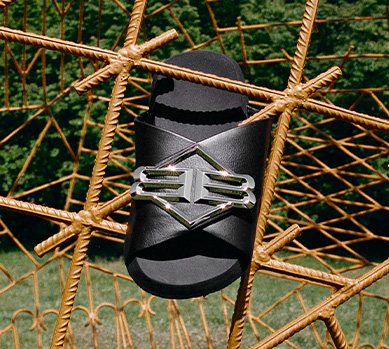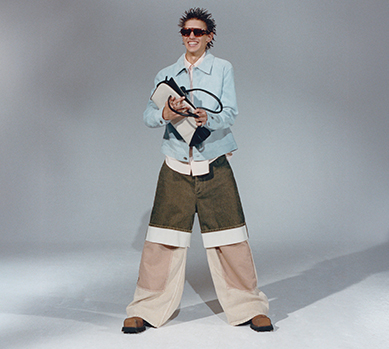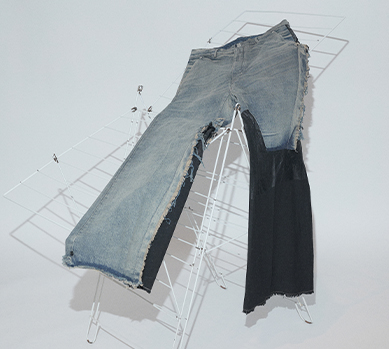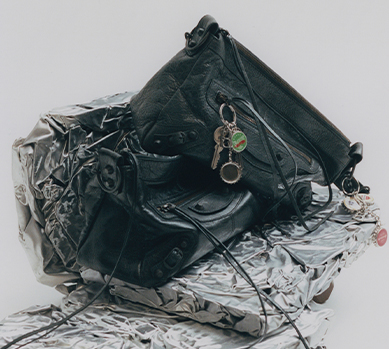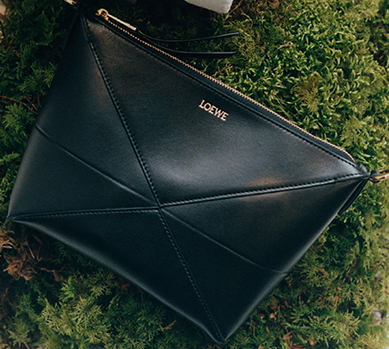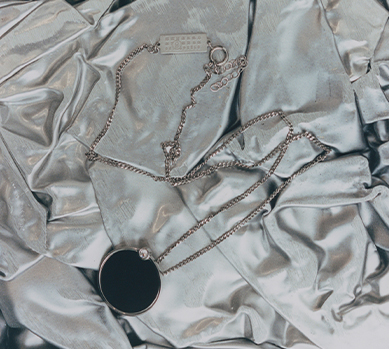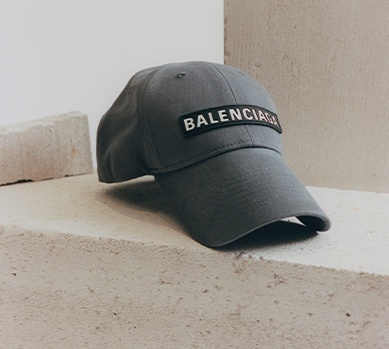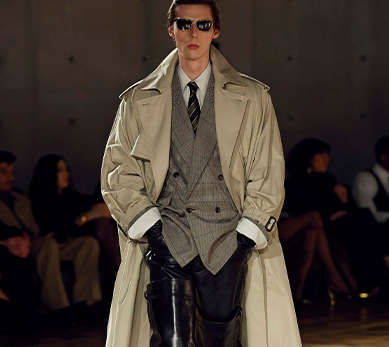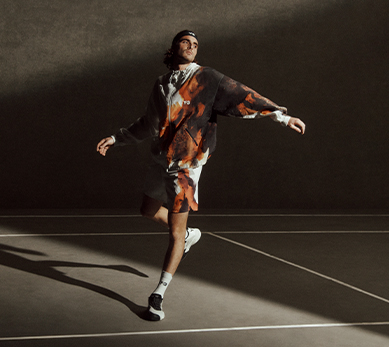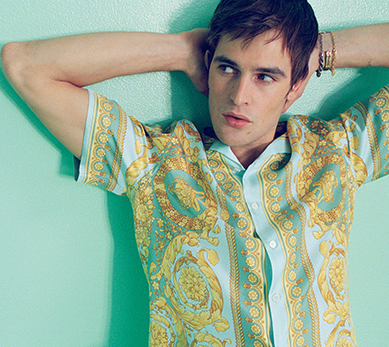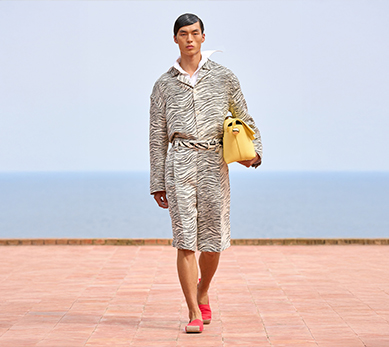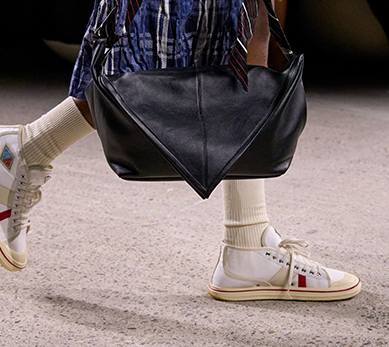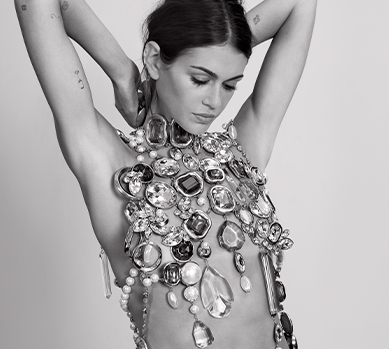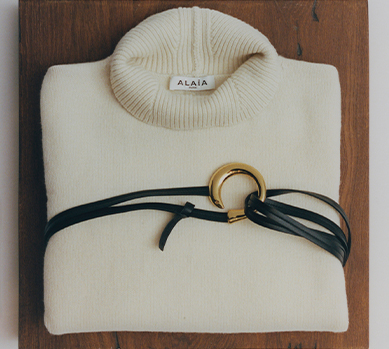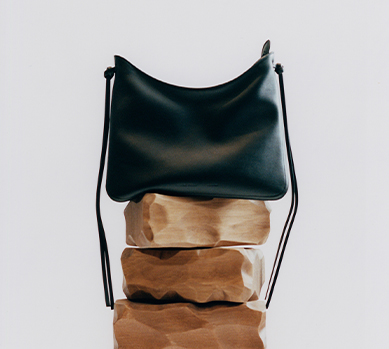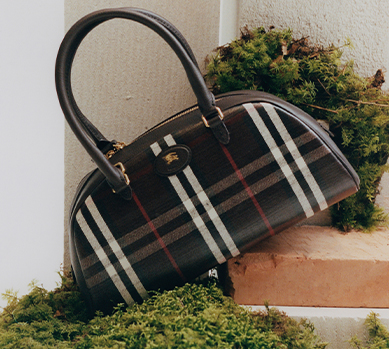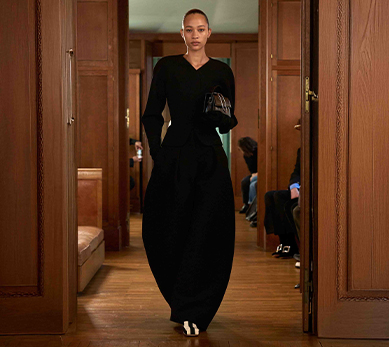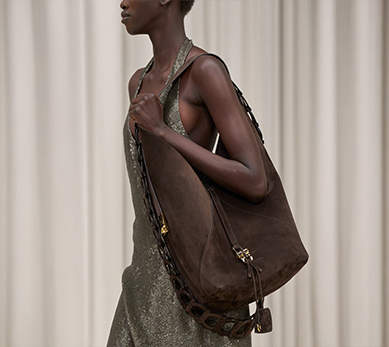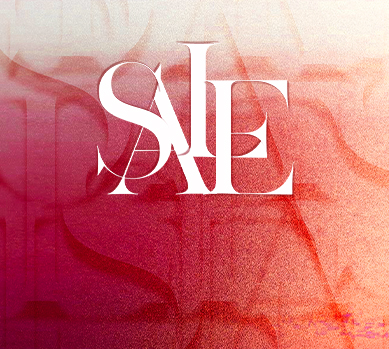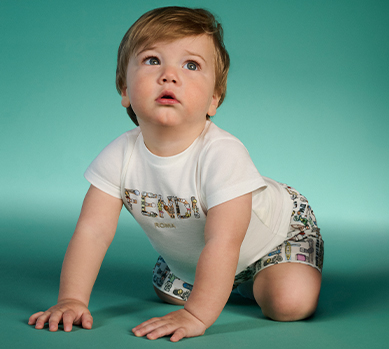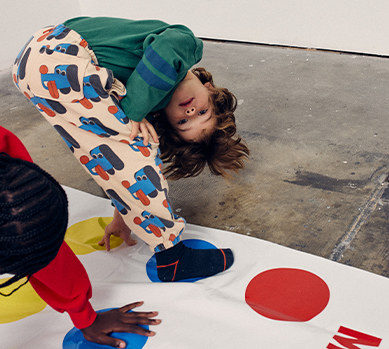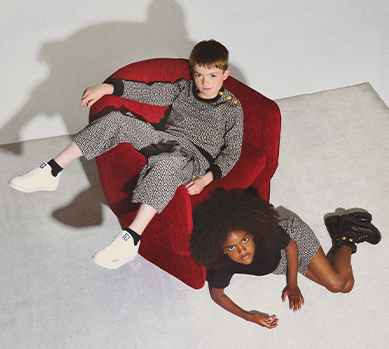Polish fashion brands: from craftsmanship to global ambition
Fashion

Polish fashion is undergoing a revolution – explore how local designers are redefining luxury and building global brands on their own terms.
For decades, Polish fashion existed in the shadow of Western giants, primarily associated with commissioned manufacturing or the high-street chains that dominated the retail landscape. The prevailing belief was that original design and luxury were the exclusive domain of Paris, Milan, or London. However, a quiet revolution has taken place in recent years. A new generation of designers and entrepreneurs has emerged, boldly redefining the identity of Polish fashion with vision and courage. Poland's premium clothing brands are proving that local craftsmanship, a unique aesthetic, and ethical production can be the foundation for success—not only at home but on the international stage as well.
The new landscape of Polish fashion: evolution and identity
The transformation of the Polish fashion scene was not a sudden process. Its roots trace back to the post-communist era, when the market slowly opened up to new possibilities. Today, we are witnessing a mature and diverse ecosystem where two phenomena have played a pivotal role: the digital revolution and a generational shift.
Most of these brands have found success through a Direct-to-Consumer (D2C) model, building their sales around their own e-commerce platforms. This has allowed them to bypass intermediaries, maintain full control over their margins, and, most importantly, cultivate a direct relationship with their customers. Social media, especially Instagram, has become their natural medium—a visual catalog, a storytelling tool, and a means of building a community without the need for massive marketing budgets.
So, what defines contemporary Polish premium brands? A conscious departure from the mass-production model. Instead of thousands of identical items, designers offer short, limited-run series, often sewn in local workshops in cities like Łódź and Warsaw, or in smaller towns. The "Made in Poland" label is no longer just a geographical marker; it has become synonymous with meticulous attention to detail, high-quality workmanship, and support for the local economy. This is a manifesto appreciated by an increasingly conscious consumer base, one that seeks more from fashion than just a fleeting trend.
The DNA of Polish premium brands
The success of the leading players in the Polish market is no coincidence. It is the result of a precisely defined strategy built on three interconnected pillars.
Quality and craftsmanship
The foundation is an uncompromising commitment to quality. Polish designers often personally oversee the entire production process, from selecting fabrics to applying the final touches. Instead of synthetic blends, noble materials take center stage: silk imported from Italy, merino wool from Portugal, or GOTS (Global Organic Textile Standard) certified organic cotton. This represents a return to the roots of tailoring, where clothing is treated as a long-term investment.
Garment construction is equally crucial. Intricate cuts and refined details are the hallmarks that distinguish these products from their mass-produced counterparts. Customers are willing to pay a premium because they receive a product that not only looks exceptional but is also built to last.
Unique design and authorial vision
Polish fashion brands avoid simply replicating global trends. They draw inspiration from their local context—from Polish art, modernist architecture, national history, and even the country's stark landscapes. This artistic sensibility is translated into original designs that possess a distinct and inimitable character.
This authorial vision is the brands' greatest asset. Customers are not just buying an article of clothing; they are buying a piece of the designer's world, their philosophy, and their perspective. In an era of globalization and aesthetic homogenization, such authenticity is invaluable. It is what allows these brands to build a loyal community and become more than just apparel manufacturers.
Sustainability and ethical production
An increasing number of Polish premium brands are building their identities around the principles of sustainability. Environmental and social consciousness has evolved from a trendy buzzword into an integral part of their business models. This is evident in several areas:
- Local Production: Manufacturing in Poland allows for complete oversight of working conditions and minimizes the carbon footprint.
- Eco-Friendly Materials: The use of recycled textiles, certified organic fabrics (such as those with OEKO-TEX certification), and other innovative, sustainable materials.
- Transparency: Some brands, like Elementy, have taken this a step further by openly communicating their product pricing structure, thereby educating their consumers.
Icons of Polish design: archetypes and examples
While the market is diverse, a few key archetypes have emerged to define the face of Polish premium fashion. These are not just theoretical profiles, but thriving businesses with a real impact on the market.
The minimalist architect
This aesthetic is defined by a stark, refined elegance. These brands favor geometric cuts and a monochromatic color palette. Their strength lies in construction, proportion, and the interplay of textures. This is an intellectual approach to fashion for those who value timeless design.
Examples: Ania Kuczyńska, a pioneer of Polish minimalism; Elementy, which combines simplicity with transparent production; and The Odder Side, known for its signature open-back designs and timeless silhouettes.
The modern romantic
This archetype emphasizes subtlety, femininity, and historical references. Designers in this category reinterpret traditional techniques, such as embroidery and voluminous sleeves, giving them a contemporary twist.
Examples: Magda Butrym, whose spectacular international success has proven that Polish design can conquer the red carpet; Le Petit Trou, a sensual lingerie brand that has become a global phenomenon; and Viola Piekut, who masterfully blends romance with commercial appeal.
The avant-garde experimenter
These are the creators who consciously push the boundaries of ready-to-wear fashion. Their designs are often bold and conceptual, frequently drawing inspiration from street style and subcultures.
Examples: MISBHV, which has evolved from an underground streetwear label into a fixture at international fashion weeks; and UEG (USA E GETTA), which explores themes of technology and uniforms.
The power of accessories
Accessory brands have played a huge role in the success of Polish premium fashion. For many customers, they have served as a gateway into the world of local design. A handbag or a piece of jewelry from a Polish designer has become a symbol of status and sophisticated taste. The phenomenal rise of the brand Chylak, whose handbags have achieved cult status with waiting lists that became a marketing masterstroke, is a testament to this. Jewelry brands like Rosa and Ania Kruk are on a similar trajectory, proving that Polish craftsmanship has many facets.
Challenges and outlook
Despite their dynamic growth, Polish premium fashion brands face several challenges. The most significant is scaling production while maintaining artisanal quality. The "Made in Poland" label is an asset, but it comes with rising labor costs and a dwindling number of skilled artisans, such as seamstresses and pattern makers.
Another challenge is competing with established luxury fashion houses that command enormous budgets. Breaking through to the global consumer requires not only an excellent product but also a sophisticated strategy. The role of Polish influencers and celebrities in promoting these brands cannot be overstated; they have become natural ambassadors. Wearing local designers has become fashionable and is now seen as an expression of economic patriotism and good taste.
And what about men's fashion? Although the market is smaller and less varied, interesting developments are afoot. Brands like Zack Roman are demonstrating a demand for high-quality, classic tailoring with a modern edge.
Despite these hurdles, the future looks promising. The global market increasingly values authenticity and transparency. Success abroad will depend on a skillful combination of a strong online presence, a smart strategy, and the consistent cultivation of a brand image built on quality. Polish fashion is poised to become synonymous with a new kind of luxury—one that is conscious, responsible, and has something more to offer than just a logo.
How to consciously support Polish fashion
- Check the Labels: Pay attention to the material composition and where the product was made.
- Know the Story: Visit the brand's website and read about its philosophy. Authentic brands are eager to share their journey.
- Invest in Quality, Not Quantity: A single, well-tailored coat from a Polish designer will outlast several seasonal items from fast-fashion stores.
- Stay Informed: Follow the brands that interest you on social media. It's the best way to stay current with new collections and to understand their world.
Ultimately, the future of Polish clothing brands hinges on their ability to tell their own unique story. This is no longer a time for modesty. It is time to proudly present Polish craftsmanship, creativity, and courage to the world, creating fashion on their own terms.
Key takeaways
- Revolution in Polish Fashion: Polish premium fashion is undergoing a transformation, shifting from imitation to the creation of original, recognizable brands that emphasize local craftsmanship, ethical production, and a unique aesthetic as the foundation for their global aspirations.
- The Power of D2C: The success of many premium brands is rooted in a Direct-to-Consumer strategy and the savvy use of social media, allowing them to build direct customer relationships, control their margins, and foster an authentic community.
- Pillars of Success: The cornerstones of their success are an unwavering commitment to quality and local craftsmanship, supported by the use of noble materials (e.g., GOTS-certified). A unique design sensibility, drawn from the Polish cultural context, and a dedication to sustainability and ethical production are also crucial.
- Diverse Market: The Polish premium market is characterized by a rich diversity, as seen in brand archetypes like the "minimalist architect" and the "modern romantic." Accessories have also played a key role in building brand recognition.
- Future Outlook: Key challenges include scaling production while preserving artisanal quality and competing with global giants. Future prospects will depend on effective online strategies and consistent brand-building efforts.

